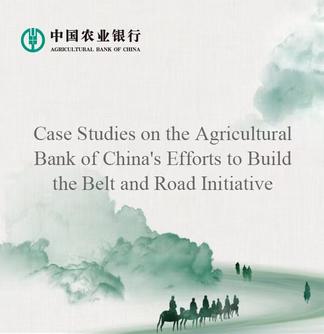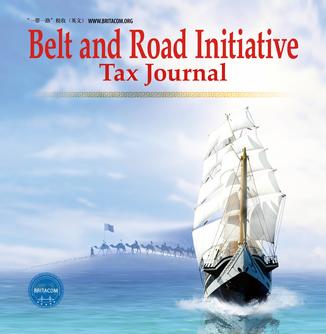BEIJING, May 8 (Xinhua) -- China witnessed a vibrant surge in inbound tourist consumption during the recent May Day holiday as more foreign visitors flocked to Chinese attractions and left with full shopping bags, driven by the country's recently optimized tax refund policies.
Central bank data has revealed that the number of transactions made by inbound visitors and processed through card payment giant China UnionPay or NetsUnion Clearing Corporation, a Chinese online payment clearing house, increased nearly 245 percent over the five-day holiday that ended on Monday, with the total transaction value up over 128 percent year on year.
On mobile platforms, popular Chinese payment app Alipay reported a 180 percent rise in inbound tourist spending between May 1 and 3, while WeChat Pay recorded nearly tripled foreign user transaction volume and value figures in China compared to the same period last year.
This rise in inbound consumption is the fruit of China's latest push to encourage foreign tourist spending. In late April, the country introduced a package of measures to optimize its departure tax refund policy, including lowering the minimum purchase threshold for refunds, raising the cash refund ceiling, expanding the network of participating stores, and widening the range of products available.
Overseas travelers in China can now claim a tax refund if they spend at least 200 yuan (about 27.75 U.S. dollars) at a single store in a single day and meet other relevant requirements, with refunds available in multiple forms, including mobile, bank and cash payments. The upper limit for cash refunds has been raised to 20,000 yuan.
China's metropolises led the shopping surge. From May 1 to 5, Beijing welcomed some 104,000 inbound tourists -- up 42.4 percent year on year -- whose spending saw a 48 percent year-on-year increase.
In Shanghai, tax-refund-on-departure sales jumped 120 percent in value during the holiday, and the amount of tax refunded increased 130 percent. So far, 1,013 enterprises have registered for departure tax refund services, covering more than 3,300 branded stores.
China's streamlined tax refund process has also had an impact on figures. Right before this year's May Day holiday, taxation authorities in Shanghai introduced self-service machines that allow foreign shoppers to submit most of their transaction details for their tax refund applications by scanning their passport and receipts.
In the southwestern city of Chengdu, a refund-upon-purchase service which allows eligible tourists to receive tax refunds instantly at retail outlets rather than waiting until they leave the country, has benefited many foreign tourists during the holiday.
"It's so convenient, and I'm planning to buy more," said a tourist from Singapore who received a refund of over 4,000 yuan when he bought two pieces of luggage at Chengdu IFS, one of the biggest shopping malls in the city.
"Providing overseas travelers with a greater variety of shopping options and more convenient tax refund services will stimulate inbound consumption and support China's high-standard opening-up and economic growth," said Chen Binkai, vice president of the Central University of Finance and Economics.
China introduced its departure tax refund policy for overseas travelers in 2015. Inbound tourist spending has increased over the years as China opens wider to global visitors by facilitating visas, payments and accommodation.
The country now grants unilateral visa-free entry to people from 38 countries, and has extended its visa-free transit period to 240 hours for travelers from 54 countries. About 380,000 foreigners entered China under these arrangements during the May Day holiday, a year-on-year increase of 72.7 percent.
China is also accelerating its development of international consumption center cities to stimulate inbound spending further. The country is working to transform five cities -- Shanghai, Beijing, Guangzhou, Tianjin and Chongqing -- into major shopping centers.
In 2024, the number of inbound foreign travelers to the five cities doubled compared to the previous year. Together, they now account for nearly 70 percent of the country's departure tax refund stores and more than half of imported consumer goods.
"China's inbound consumption holds great growth potential," said Vice Commerce Minister Sheng Qiuping, noting that last year, spending by overseas visitors contributed about 0.5 percent of the country's GDP, compared to 1 to 3 percent in major economies.




 A single purchase
A single purchase









